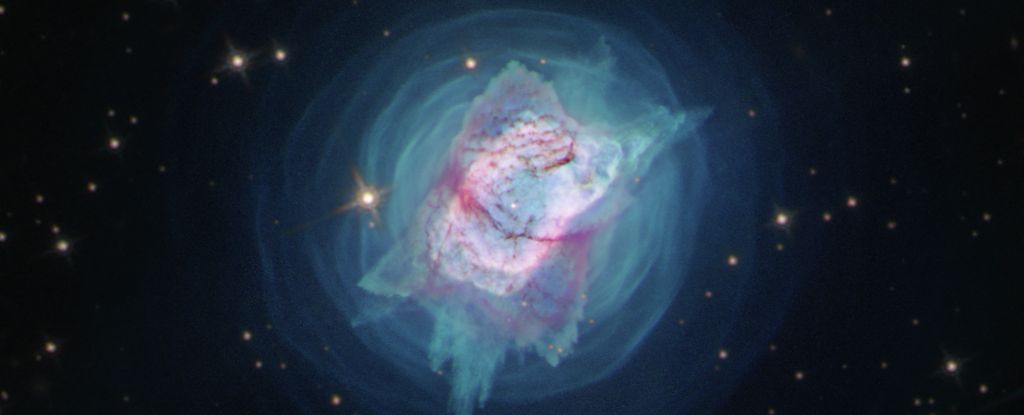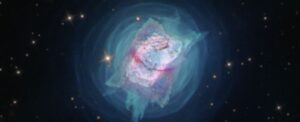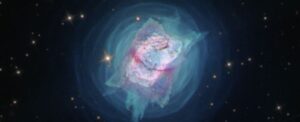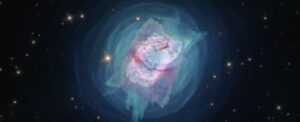
A team of physicists has successfully recreated the first chemical reactions following the Big Bang, shedding light on the early processes that led to the formation of the Universe. Led by Florian Grussie at the Max Planck Institute for Nuclear Physics (MPIK) in Germany, researchers produced the helium hydride ion (HeH+), a molecule formed by the fusion of a neutral helium atom and an ionized hydrogen atom. This groundbreaking experiment provides insights into the creation of molecular hydrogen (H2), the most abundant molecule in the Universe, essential for star formation.
Around 13.8 billion years ago, the Universe began as a hot, dense mixture of fundamental particles. It took approximately 380,000 years for these particles to cool sufficiently to form the first elements. These initial elements primarily consisted of about 75 percent hydrogen, 25 percent helium, and trace amounts of lithium. Hydrogen remains a dominant ingredient in the Universe today, forming clouds of molecular gas that foster the birth of stars, which subsequently produce heavier elements through fusion or explosive events.
The role of HeH+ is particularly significant, as scientists believe it contributed to the cooling of the Universe. This cooling allowed molecular clouds to contract under gravity, eventually forming the seeds of stars. The molecule possesses a substantial separation between its positive and negative charges, enabling it to dissipate heat in the presence of an electric field. This property theoretically facilitated the formation of the first stars.
Experimental Insights into Early Chemistry
The research team conducted their experiments at the MPIK’s Cryogenic Storage Ring, a facility designed to simulate the conditions of deep space at temperatures just above absolute zero, around -267 degrees Celsius (-449 degrees Fahrenheit). During the experiments, the researchers studied the interactions between HeH+ and deuterium, a hydrogen isotope that contains one neutron in its nucleus. This interaction produces a neutral helium atom and a molecule consisting of one neutral hydrogen atom and one charged deuterium atom (HD+).
To explore these interactions, the researchers directed two beams of particles—one containing HeH+ molecules and the other with neutral deuterium—into collision. By adjusting the speed of the beams, they simulated different temperatures to examine their effect on the reaction. Surprisingly, the reaction rate remained constant regardless of the simulated temperature, indicating that the significance of HeH+ in the early Universe did not diminish as temperatures decreased.
Physicist Holger Kreckel from MPIK noted, “Previous theories predicted a significant decrease in the reaction probability at low temperatures, but we were unable to verify this in either the experiment or new theoretical calculations by our colleagues. The reactions of HeH+ with neutral hydrogen and deuterium therefore appear to have been far more important for chemistry in the early Universe than previously assumed.”
Implications for Our Understanding of the Cosmos
This research not only advances our understanding of the early Universe but also provides a framework for future studies on the formation of stars and galaxies. Published in Astronomy & Astrophysics, the findings emphasize the pivotal role of HeH+ in early cosmic chemistry and challenge long-held assumptions regarding the conditions necessary for star formation.
By recreating these primordial reactions, scientists have taken a significant step towards unraveling the complexities of the Universe’s origins. As research continues, the implications of these findings are likely to extend beyond theoretical physics, potentially influencing our understanding of cosmic evolution and the nature of matter itself.







